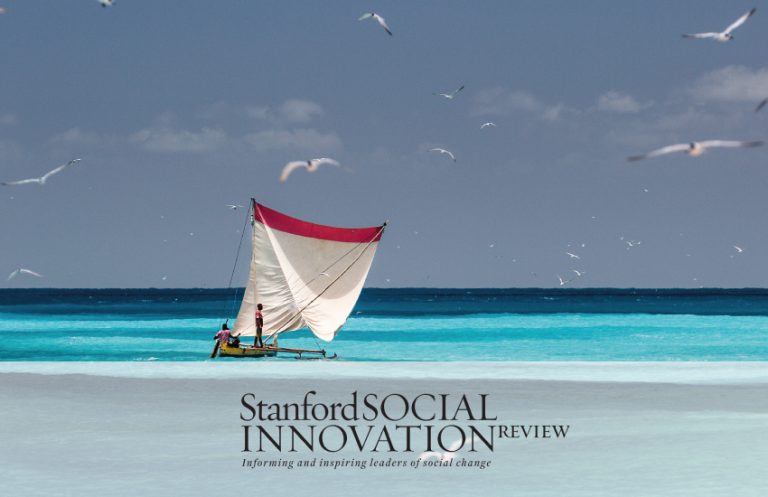In his latest piece for the Stanford Social Innovation Review, Kevin Starr of the Mulago Foundation walks through a process that can help innovators scale their ideas and have the most impact.
Our problems are big. Our resources are finite. The clock is ticking. An incremental, project-by-project approach won’t cut it. We need ideas that can go big. We need scalable solutions.
Scale isn’t just another word for growth. Scale is about busting out of a linear trajectory into an ever-steepening—exponential, even—curve of impact over time. A scalable solution is one that has the potential to make a big dent in a big social problem, maybe even solve the whole thing.
Our job at Mulago is to find and fund organizations with scalable solutions that meet the basic needs of the very poor. When you make your living looking for scalable ideas, you need a systematic way to know one when you see one. Over time, we’ve developed an effective tool in the form of three deceptively simple questions. We ask: Hey, is this solution:
-
- Big enough?
- Simple enough?
- Cheap enough?
Starr cites Blue Ventures’ periodic fishery closure model as an example of a scaleable solution that is “big enough” to matter given the scale of the problem.
For example, a conservation group we fund, Blue Ventures, has a solution to coastal overfishing called “short-term closures.” It persuades coastal communities with depleted fisheries in places like Madagascar to declare small, no-fishing zones for a few months. If the team picks the right spot, the area is teeming with critters when they open up again. Minds are blown and purses are filled. Blue Ventures rides the resulting wave of enthusiasm to help those communities establish broad and lasting local management to rehabilitate their fishery and assure lasting prosperity.
To understand the potential of the short-term-closure model, we worked with Blue Ventures to create a “where-it-would-work” list and thus define the potential limits of the solution. Short-term closures can work where there is:
-
- An artisanal, small-scale fishery with basic management rights
- A rapidly reproducing commercial species (such as octopus in Madagascar)
- Decent community governance structure
- Reasonably effective protection from illegal commercial boats.
There are more, but those are the big ones, and it turns out that there are a lot of places that fit that description. Blue Ventures has a big-enough addressable market to matter, given the scale of the problem.
Read the full piece in the Stanford Social Innovation Review: Big enough. Simple enough. Cheap enough.
Read more about Blue Ventures in the Stanford Social Innovation Review: Marine Conservation 2.0


















